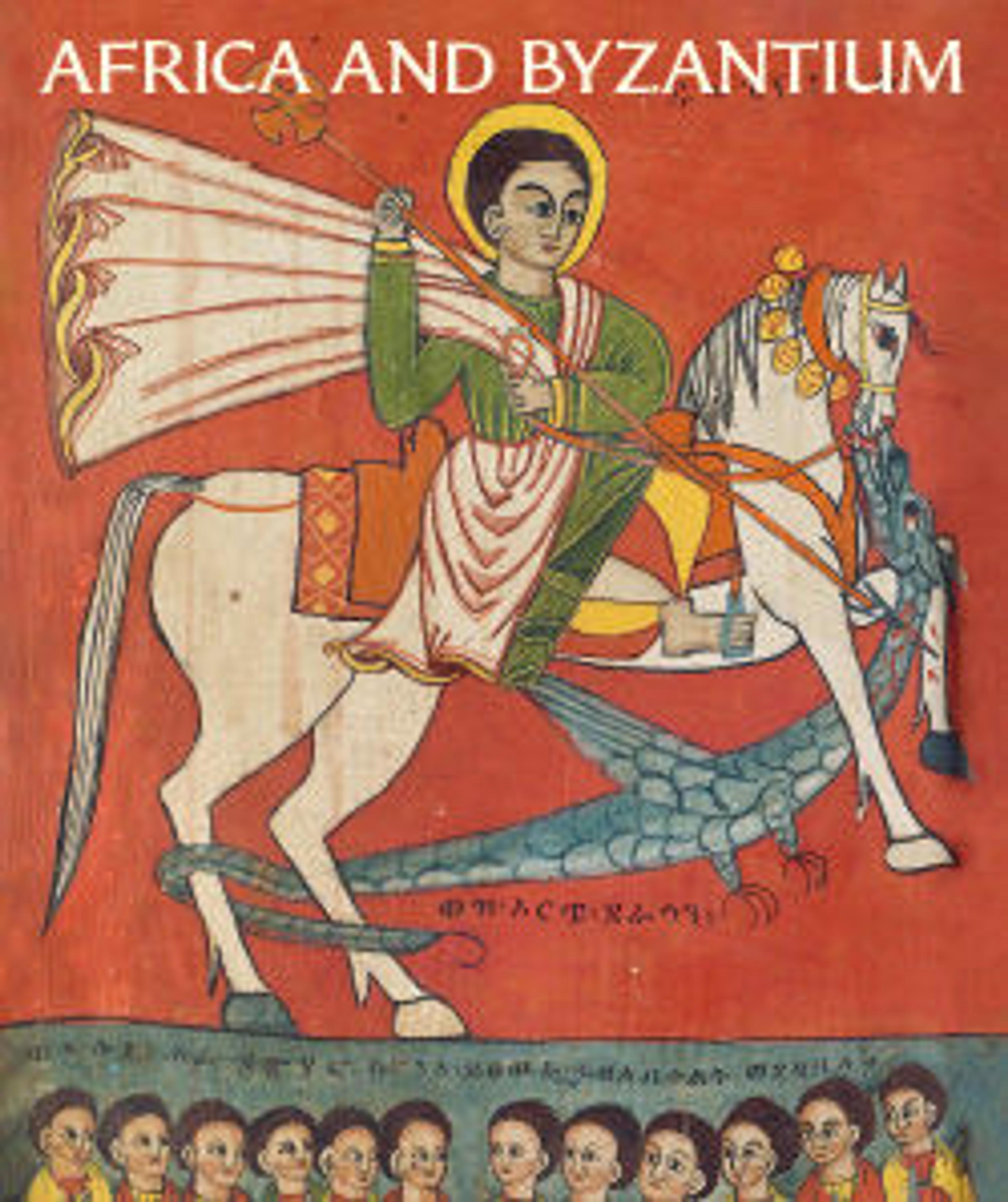Tray
This tray has concentric bands of decoration around a central Sun disk. Included in the bands are personifications of the six planets and the twelve signs of the Zodiac, coursing animals, and an inscription (the titles of a Mamluk official) with medallions containing a falconer, polo players, and seated musicians.
In the Arabic tradition, the constellation of Sagittarius was known as al-rami, "the archer," while the corresponding Zodiac sign was known as al-qaws, "the bow." As a result, representations of the Zodiac sign, a centaur shooting an arrow from his bow, combine aspects of the two. The image of the centaur here also has the upper body of the mythical beast, which can be interpreted as an image of Jupiter, Sagittarius' Planetary Lord.
In the Arabic tradition, the constellation of Sagittarius was known as al-rami, "the archer," while the corresponding Zodiac sign was known as al-qaws, "the bow." As a result, representations of the Zodiac sign, a centaur shooting an arrow from his bow, combine aspects of the two. The image of the centaur here also has the upper body of the mythical beast, which can be interpreted as an image of Jupiter, Sagittarius' Planetary Lord.
Artwork Details
- Title:Tray
- Date:late 13th–early 14th century
- Geography:Made in Egypt
- Medium:Brass; engraved and inlaid with silver and black compound
- Dimensions:H. 1 1/2 in. (3.8 cm)
Diam. 30 1/4 in. (76.8 cm) - Classification:Metal
- Credit Line:Edward C. Moore Collection, Bequest of Edward C. Moore, 1891
- Object Number:91.1.604
- Curatorial Department: Islamic Art
More Artwork
Research Resources
The Met provides unparalleled resources for research and welcomes an international community of students and scholars. The Met's Open Access API is where creators and researchers can connect to the The Met collection. Open Access data and public domain images are available for unrestricted commercial and noncommercial use without permission or fee.
To request images under copyright and other restrictions, please use this Image Request form.
Feedback
We continue to research and examine historical and cultural context for objects in The Met collection. If you have comments or questions about this object record, please contact us using the form below. The Museum looks forward to receiving your comments.
